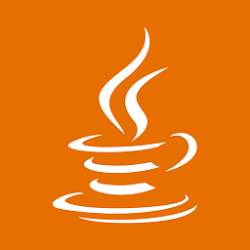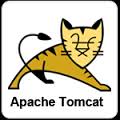Have you tried configuring the JNDI variables with Tomcat server?. This tutorial is going to explain you step-by-step procedure on how to configure JNDI variables in your tomcat server. It is very simple configuration in the Tomcat server’s configuration XML file. Open the Tomcat server’s context.xml file. The same change can be done using the …
Servers
WildFly 8 Final is released!
WildFly 8 Application server (formerly known as JBoss Application Server) is available for the general use. JBoss blog has announced this new on Feb 11, 2014. Jason Greene, who is the lead for this project updates the features on this new release and providing the road map for the future releases. One of the key …
How to Install Tomcat in Ubuntu?
Linux is good environment for running the Java applications. Most of the developers not trying the Linux environment only because of the complicated installation procedures needed for at the time of beginning. Once if you are familiar with the installation then it is cake walk for developing the Java applications. But, I can not say …
Guided Rules with the Guvnor
Guided Rules with the Guvnor In the last chapter we took a tour with the Guvnor and used it to write our first business rule, and printed out a traditional ‘Hello World’ message. Although this rule is a major step forward for us, we’re not really using the full power of the Drools rule engine. …
How to install Tomcat 6.0 server?
This article explains how to install the tomcat 6.0 server in your desktop. This is pretty simple and since moss of the java beginners find its difficult to get started with the web development. Because tomcat is the mostly recommended web server for learning JSP and Servlets basics. Tomcat is also the Reference Implementation(RI) for …
SAR (Service Archive) file in JBoss
This tips explains how to create and deploy the SAR file in the JBoss application server. SAR files are only used in the JBoss application server. It cannot be used in the other application server environments. Before looking into creating a SAR file, first let you know what is SAR file. also read: WebLogic Interview …
How to use datasource in Hibernate application?
This article explains how to configure datasource in the JBoss application server and how to use the same datasource in the hibernate configuration file.Before looking into the hibernate configuration, we will start with creating datasource inside JBoss application server. also read: WebLogic Interview Questions JBoss Portal Server Development Tomcat Interview Questions Create MySql datasource in …




